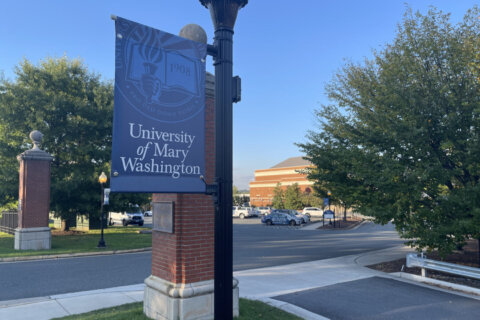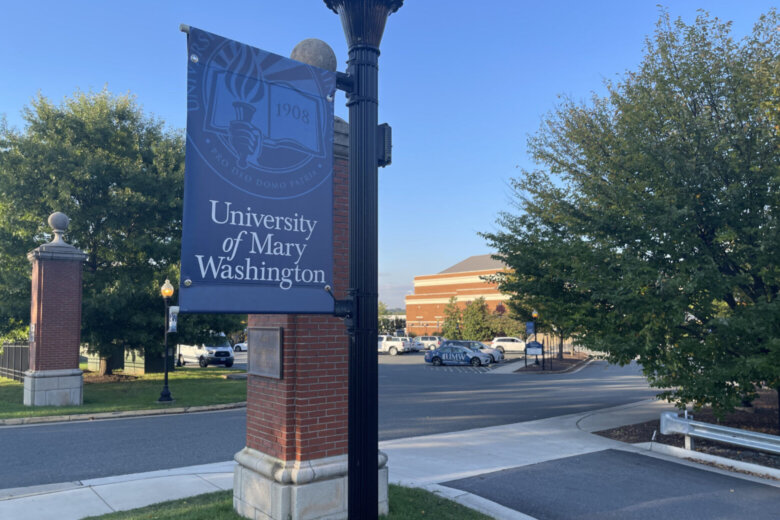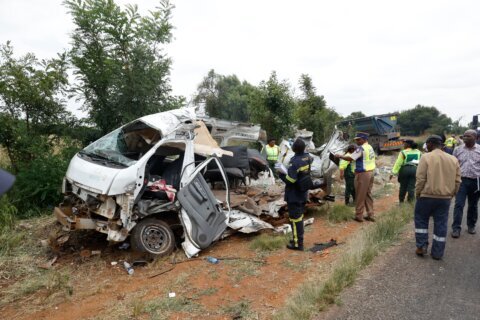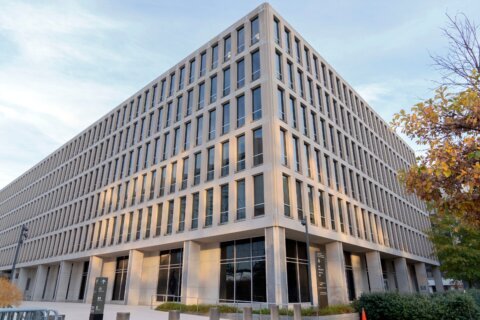This article was reprinted with permission from Virginia Mercury.

While none of Virginia’s colleges and universities are considered to be a “high” viability risk, three institutions — the University of Mary Washington, Virginia State University, and Radford University — are rated as having “some” risks that could threaten their ability to survive and operate, researchers announced on Monday in Richmond.
According to a study by the Joint Legislative Audit and Review Commission, which conducts analysis and provides oversight of state agencies on behalf of the General Assembly, each institution is “attempting to address its viability risks through various initiatives and efforts.”
JLARC assessed Virginia’s 15 public four-year public higher education institutions in three areas: enrollment, institutional appeal and finances using data collected through 2022.
Del. Mark Sickles, D-Arlington, chair of the commission, said there’s a number of factors that have led to the increased viability risks for some institutions, including the state’s shift to offering education based on Science, Technology, Engineering, and Mathematics, or STEM, at four-year universities compared to the smaller, liberal arts schools, who are attempting to offer more STEM-education programs.
“This is not a surprise to the presidents or the boards of visitors of all these schools,” said Sickles. “They’ve already taken some remedial action. I’m really curious whether what they’ve done now is going to work or not.”
Researchers also found that public opinion on the value of higher education has changed while institutions, including Radford University, recover from enrollment declines over the past decade.
Factors putting the schools at risk
Radford’s viability is at risk because of declining enrollment, after JLARC found that its total full-time enrollment dropped by 26% over the past decade, more than any other four-year institution in the commonwealth including nearby Virginia Tech.
Mary Washington and Virginia State’s viability is at risk due to the institutions’ inability to increase tuition without losing students and the age and condition of their facilities. Mary Washington also carries a risk due to its financial ratio because of its relatively high debt from absorbing foundation debt and assets.
Between 2015-22, VSU, which has the oldest facilities in the commonwealth, experienced a decline in tuition revenue per student by 26%.
On Monday, Sen. Mamie Locke, D-Hampton, questioned if the risks against Virginia State have any connection to the institution not being funded to the same levels as Virginia Tech after the federal government estimated a year ago that VSU is owed over $277 million in state funding from 1987 to 2020.
Like Virginia Tech, the historically Black college in Petersburg is a land grant institution.
“It’s an HBCU and this state is known for not having funded HBCUs to the levels that they should be funded,” Locke said.
Gov. Glenn Youngkin’s administration has denied the claim, stating that the U.S. Departments of Education and Agriculture used a database that the administration characterized as having “well-documented issues.”
As part of JLARC’s study in the cost efficiency of public higher education institutions, researchers found that Christopher Newport, Longwood, and Norfolk State Universities and the University of Virginia’s College at Wise all have a “very low” viability risk.
JLARC made no further recommendations for action in addition to the analysis and planning processes each institution conducts.
Sickles said the state increased its funding for higher education over the past two bienniums, which includes adopting a budget that provides $205.4 million over the 2024-26 biennium to increase access, affordability and degree production at public colleges and universities.
Recommendations on spending and efficiency
In a separate study to address the increased spending with the slow growth of enrollment, researchers recommended amending state code to place a cap on the amount of student fees and institutional funds that can be allocated to intercollegiate athletics.
At James Madison University, athletics revenue grew by $11.8 million over 10 years, $8.7 million of which was funded by student fees and the institution without exceeding the statutory limit set in 2015.
Researchers also recommended the legislature require institutions experiencing reductions in cost efficiency because of declining enrollment to report their efforts on how they’re working to improve enrollment operations. JLARC also suggested amending the state code to ensure schools’ boards of visitors fully consider the impact that policies and decisions in non-instructional areas have on student costs.
Researchers found that some institutions have not implemented efficiency strategies in areas of spending growth.
Further, researchers added that some institutions are not “consistently” implementing efficiency strategies previously recommended by JLARC and subsequently required in the Appropriation Act.
Total spending by Virginia’s 15 public four-year institutions increased by 64% over the past 20 years, which was adjusted for inflation. Instruction made up the largest cost.
“Total spending by Virginia’s 15 public four-year institutions increased 64% over the past 20 years. This was greater than the national average for public four-year institutions during that time period, which was 50 percent.”








